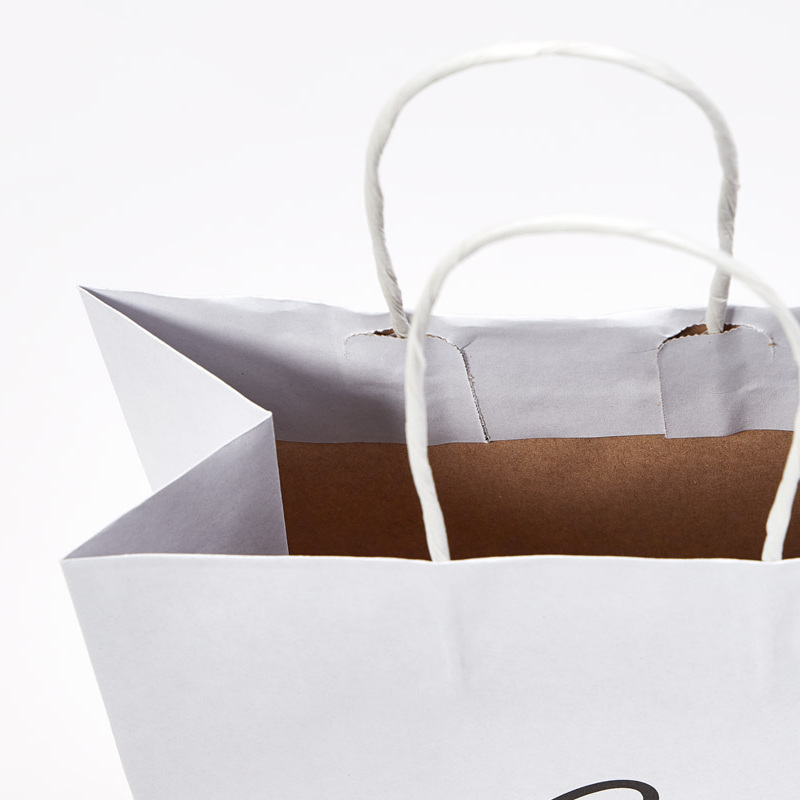The Emergence of Biodegradable Food Packaging A Sustainable Solution for the Environment
In recent years, the fight against plastic pollution has taken center stage, with governments, organizations, and consumers increasingly advocating for sustainable alternatives. One promising solution that has gained traction is biodegradable food packaging. This innovative approach not only addresses the urgent need to reduce plastic waste but also aligns with a growing trend of environmental consciousness among consumers. This article explores the benefits, types, and future of biodegradable food packaging.
Understanding Biodegradable Food Packaging
Biodegradable food packaging refers to materials designed to decompose naturally and break down into harmless substances under specific environmental conditions. Unlike traditional plastic, which can take hundreds of years to decompose, biodegradable materials can significantly reduce landfill waste and pollution. Typically, these materials are derived from renewable resources such as corn starch, sugarcane, or even from by-products of food processing. The rapid breakdown of these materials occurs through the action of microorganisms, resulting in smaller components that integrate back into the ecosystem.
Benefits of Biodegradable Food Packaging
1. Environmental Impact The most compelling advantage of biodegradable food packaging is its environmental benefit. It can significantly reduce the volume of waste that ends up in landfills and oceans, as well as minimize the pollution caused by plastic production and disposal processes. With countries around the world implementing bans on single-use plastics, biodegradable options present a viable alternative.
2. Consumer Appeal As people become more eco-conscious, there is an increasing demand for sustainable products. Biodegradable food packaging can enhance the brand image of companies that embrace sustainability, attracting environmentally-minded consumers. Reports indicate that a significant portion of the population is willing to pay more for products that use eco-friendly packaging.
3. Versatility and Functionality Biodegradable packaging materials are not only effective in protecting food products but can also be designed to meet diverse functions. From films and wraps to containers and cups, biodegradable options can cater to a range of food items, making them suitable for both the food service industry and retail.
Types of Biodegradable Food Packaging
Several types of materials are commonly used in biodegradable food packaging
biodegradable food packaging

1. PLA (Polylactic Acid) Derived from corn starch, PLA is one of the most widely used biodegradable materials. It is compostable and typically breaks down in industrial composting facilities. PLA is ideal for rigid containers and films.
2. PHA (Polyhydroxyalkanoates) PHA is produced by bacteria and is known for its biodegradability in various environments, including soil and marine settings. This makes PHA a versatile option for food packaging.
3. Paper and Cardboard Traditional materials like paper and cardboard can also be coated with biodegradable materials to enhance their moisture resistance and durability, making them suitable for a variety of food packaging applications.
4. Mushroom Packaging An innovative solution, mushroom packaging is made from mycelium, the root structure of fungi. It is entirely compostable and can be molded into various shapes, making it an excellent protective material.
Challenges and Future Directions
Despite the many advantages of biodegradable food packaging, challenges remain. The biodegradation process requires specific conditions, often found in industrial composting facilities, which are not widely available in every region. Additionally, the cost of biodegradable options can be higher than traditional plastics, posing a barrier for some companies.
To ensure that the potential of biodegradable food packaging is fully realized, increased investment in research, development, and infrastructure is imperative. Consumer education is equally important to help shift mindsets regarding waste management and the benefits of choosing biodegradable products.
Conclusion
Biodegradable food packaging presents a promising pathway toward reducing our reliance on single-use plastics and mitigating their environmental impact. As consumers continue to demand sustainable alternatives, and as technology advances, the adoption of biodegradable packaging will likely increase. By embracing this shift, businesses can play a crucial role in forging a more sustainable future, protecting the environment while catering to the ecological awareness of their customers. In the end, biodegradable packaging is not just a trend; it is a necessary evolution in our approach to food conservation and environmental stewardship.



